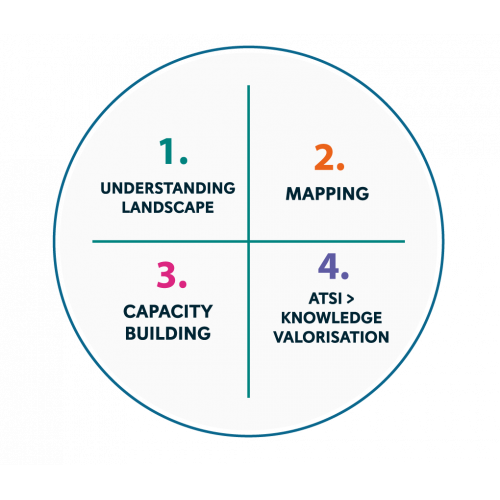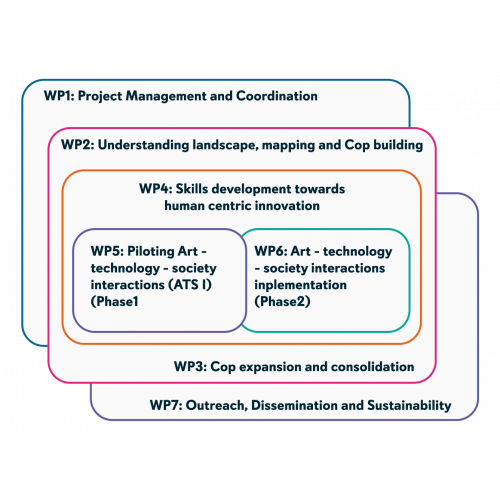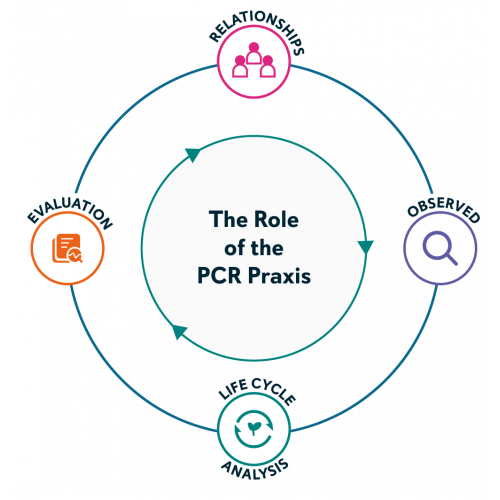
The project concept is based on four main pillars: (1) understanding the landscape, (2) mapping, (3) capacity building and (4) arts-technology-society interactions (ATSI) for knowledge sharing.
To understand the current situation, we'll gather information about communities, urgent issues, stakeholders, and technologies. We'll use validated methods like the Inclusive Design Framework and the permaCultural (pCr) resilience critical praxis. This sets the foundation for achieving goals related to digital and green tools, supporting communities and improving the adoption of new products and services.
After understanding the landscape, we'll start mapping. Digital tools will help show the projects and initiatives of consortium partners in Europe. This will highlight ongoing projects and encourage knowledge sharing and community engagement.
VOICE aims to integrate expertise into a collective repository of methods and tools for building skills and promoting sustainability. It fosters new forms of literacy through interdisciplinary approaches and encourages a participatory approach to technology and solution design.
The fourth pillar focuses on Art-Technology-Society Interactions (ATSI). This involves artists creating interventions based on community needs. These interventions will help share innovative practices and generate value for the project.

VOICE has seven parts called work packages (WPs) that guide the project's activities. WPs 1 and 7 are essential for setting up the project's foundation and communication. WP1 ensures all tasks are done properly and on time. WP7 focuses on spreading the project's message and sharing project results.
The other four WPs focus on the main ideas of VOICE: understanding the landscape, mapping, capacity building, and arts-technology-society interactions (ATSI) for sharing knowledge.
WP2 finds the best practices and technologies for ATSI. WP3 expands this network of knowledge and creates tools for using ATSI even after the project ends. WP4 organizes the project's knowledge into a digital repository and helps artists learn about ATSI.
WPs 5 and 6 connect communities to work on sustainability issues using ATSI. These parts of the project aim to share ideas and practices among different groups.
The project lasts for 30 months and has a detailed plan for completing tasks on time within mentioned work packages.

The permaCultural (pCr) resilience critical praxis, developed over 8 years in the USA, Ireland, and UK, combines 25 years of artists' work in communities and education to address climate change. The pCr's tools help rethink problems and come up with better solutions that are fair economically, socially, and environmentally. It's a complete method for developing, delivering, and evaluating projects, known for its innovative approach.
It offers a four-step approach:
Step 1 - Relationships: Stakeholder consultation of partners and audiences
Step 2 - Zoning: the pCr zoning process maps the information from the stakeholder in proximity
Step 3 – The Vital Signs Matrix (VSM) Life Cycle Analysis (LCA)
Step 4 - Final Evaluation using the Vital Signs Matrix (VSM)
Every artist involved in the project will have the chance to go through the pCr praxis and enrich their existing creative project.